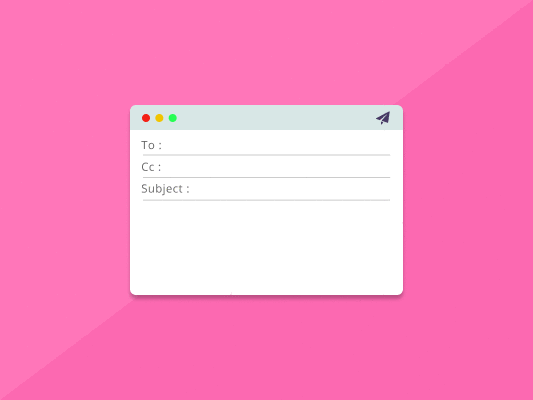Discover 12 email subject line best practices that you can use in 2022. By learning how to craft compelling email subject lines, you will achieve higher open rates.
Compelling subject lines give people a reason to check out the content.
Every element in the email marketing strategy matters. That’s why you should be careful when coming up with compelling subject lines because it’s an important part of your email marketing strategy. Although it may seem like a small detail in your email marketing campaign, it should not be left to chance.
You can come up with the best killer sales draft, but if you don’t have a great email subject line, your message will never be read. What worked a few years back may not work today. It would help if you aimed to improve your email subject line best practices daily.
However, some things remain constant.

Your email subject line should be short, concise, personal, and most of all, it should not over-promise or mislead your customers. It should hook your reader, pick their interest, and give them a reason to explore your message further.
Many variables may determine whether your email subject line will work for your audience.
Part of the equation involves knowing your audience and connecting with them. To improve your email marketing campaign, you could start by doing some keyword research, doing email subject line tests, or writing compelling subject lines.
The list provided is a compilation of 12 email subject line best practices to get higher open rates and click-through.
What do we mean by open rates?
Open rates are used to refer to an email marketing metric that is used to measure the percentile rates at which emails are opened. You calculate your email open rates by dividing the total unique opens (TUO) by the total number of emails sent (TNES), multiplied by 100.

Open rates give you a good idea of how your campaigns are performing with a particular audience. If your open rates are high, it means your email subject lines resonate with your audience. According to campaign monitor, the average email open rates are currently at 17.92%.
What Are The Email Subject Line Best Practices?
1. Do your keyword research
One of the most important email subject line best practices is doing your keyword research. If you want to get better open rates, you can’t afford to use any random phrases in your email subject line.
You have to put more effort and do more research to develop irresistible but relevant keywords that can attract your customer’s attention and convince them to open the email.
BiQ’s Keyword Intelligence tool allows you to gather data based on keyword volume, trends, keyword competition, and more.
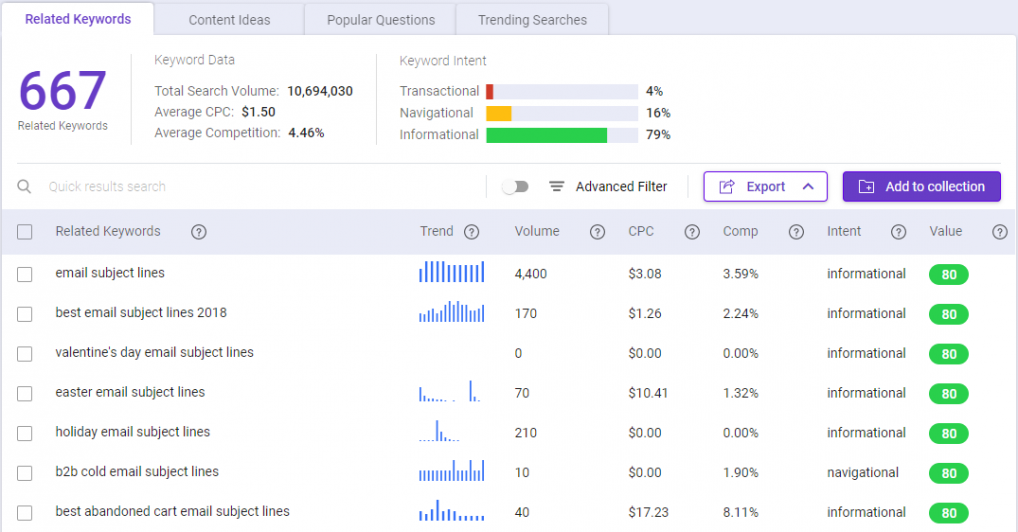
You will see all keywords come with vital insights such as how many people are searching for the keywords, the searcher’s intent, and so on.
If you are unsure which keyword to use, you can sort the keywords based on their value. The higher valued keyword means it can potentially bring more traffic to your website at a lower competition.
Using BiQ’s Keyword Intelligence tool will hook your customers with the right keywords, which will definitely lead to higher open rates and even more click-through to your website.
2. Be more personal
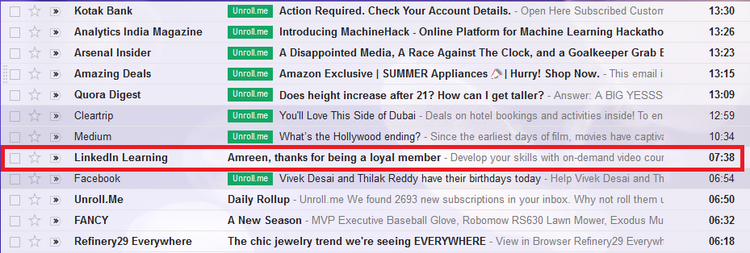
Image source: Biz Journals
Email personalization has grown from just saying the customer’s name in the email subject line. With advancements in technology such as machine learning and artificial intelligence, email marketers have come up with better ways to create personalized email subject lines and, by extension, email content.
This means that more personalized emails have higher chances of being opened as opposed to non-personalized emails. Stating your client’s interests with relation to your business, their location, if it’s relevant, and other personal information could help make your client more interested in your email.
Compelling subject lines are a bit personal; however, you should not overdo this since it may make the customer jumpy if the subject line is too personal.
3. Keep it short and simple
We live in busy times, and most people like to prioritize their time and only invest in what they deem important. A long email subject line communicates to your customer that the email itself will not be short and concise, which is the reason why most people never seem to open their emails.

Consider, for a second, that you are applying for an interview in a busy law firm. If you can’t explain yourself in your resume in a few short sentences as to why the firm should hire you then, the chances are that you’re probably not going to be called for an interview.
The interviewers are busy people, and they’d rather not dig around your resume for a reason as to why they should hire you. Therefore, it pays to be short and simple.
4. Use emojis carefully
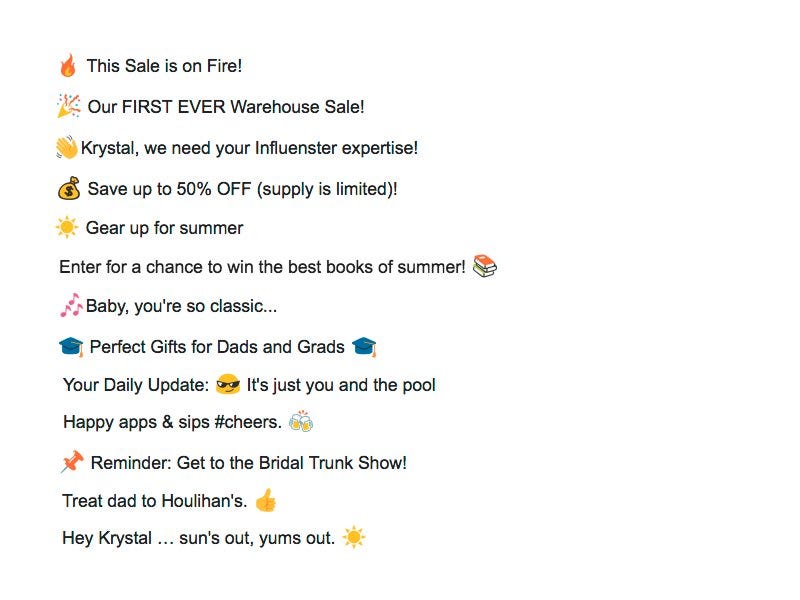
Emojis can be an advantage or an impediment, depending on how you use them. Emojis have been known to reduce open rates in an email. However, if done right, it would be the other way round. So, how do you go about using emojis in an email?
It depends on your company’s overall message, how you use the emoji, and the type of message you want to pass across at that particular moment. If your email’s content is talking about something fun, then you could use an emoji to pass that message across.
However, you should keep the number of emojis used minimal, one or two at most.
5. Use numbers to attract your audience

Email subject lines best practices indicate that you should use numbers such as percentile statistics in your subject lines. People love statistics because it enables them to understand your email’s content better.
You should add numbers, statistics in your compelling subject lines to catch your reader’s attention and convince them to open your emails.
However, it would be best if you didn’t post misleading statistics. Doing this could cost you the trust between you and your customers. You should add real numbers that provide relevant information for your client.
6. Establish scarcity, curiosity, and fear of missing out
Scarcity curiosity and fear of missing out are psychological tricks that have been in use since the inception of marketing. They make the user act for fear of missing out on services and products that other customers are getting, or if the product goes off the shelves.

However, it would best if you didn’t use this strategy all the time. The reason behind this is that the strategy becomes less effective the more you use it. You’d be like the boy who cried wolf, which may make your customers less trusting.
7. Name recognition
We have admired famous people in our lifetime, and it piques our interest whenever their names are mentioned. Therefore, it goes without saying that adding some of these famous people’s names in your email subject line can help improve your open rates.

However, it would be best if you did not put any random names in your subject headlines. Instead, use names that your audience may find relevant. The names you choose should align with your brand and, more importantly, the message you’re trying to pass across.
8. Be respectful in your content
Using disrespectful or highly critical language in your compelling subject lines will offend some people in your audience, leading to low open rates. Using disrespectful language may destroy your brand, whereas being too critical makes your audience feel judged or berated.
Doing this could harm your company in the long run. Maintaining a friendly, casual, or even official tone with your audience will create a respectful relationship with them and help your brand look professional.
9. Segment your lists
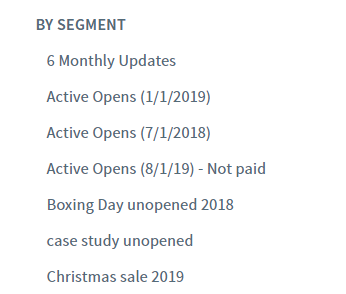
Segmenting your email lists from the most engaged group to the least engaged group helps you categorize your audience and tailor your email subject lines to how you think they’ll respond. It would then be easier for you to send the right message to the right people.
You can use catchy email subject lines for audiences that require more convincing if you want them to open your emails by adding incentives to make them more curious. You can use a more direct approach for audiences that are better engaged with your content since they have better chances of opening your emails.
10. Deliver your promise

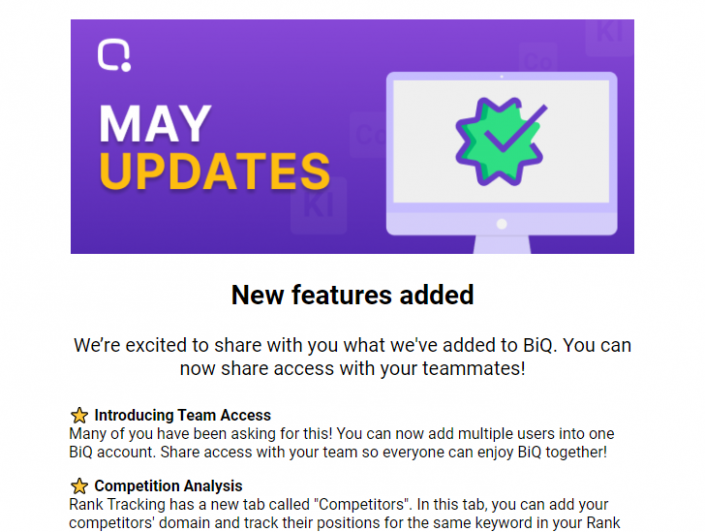
What happens when you request some services, pay, and the services are not delivered? Once you lose your customer’s trust, it will be even harder for you to get it back.
Once a customer dislikes your company for whatever reason, they’ll probably never request to get your products or services ever again. Instead, they’ll go to your competition to acquire the same services. They may even leave you a bad review that may tarnish your reputation for years.
Therefore, if you have promised your customers some incentive, the best thing you could do is deliver on the promise. Doing this creates a better relationship where the customer trusts your company to deliver the next time they do business with you.
11. Use engaging preview text
Preview texts aren’t technically part of your subject line. However, they appear somewhere close to your subject line. Preview texts provide your audience with a peek at the content contained inside your mail, which is important since they pique your audience’s attention.
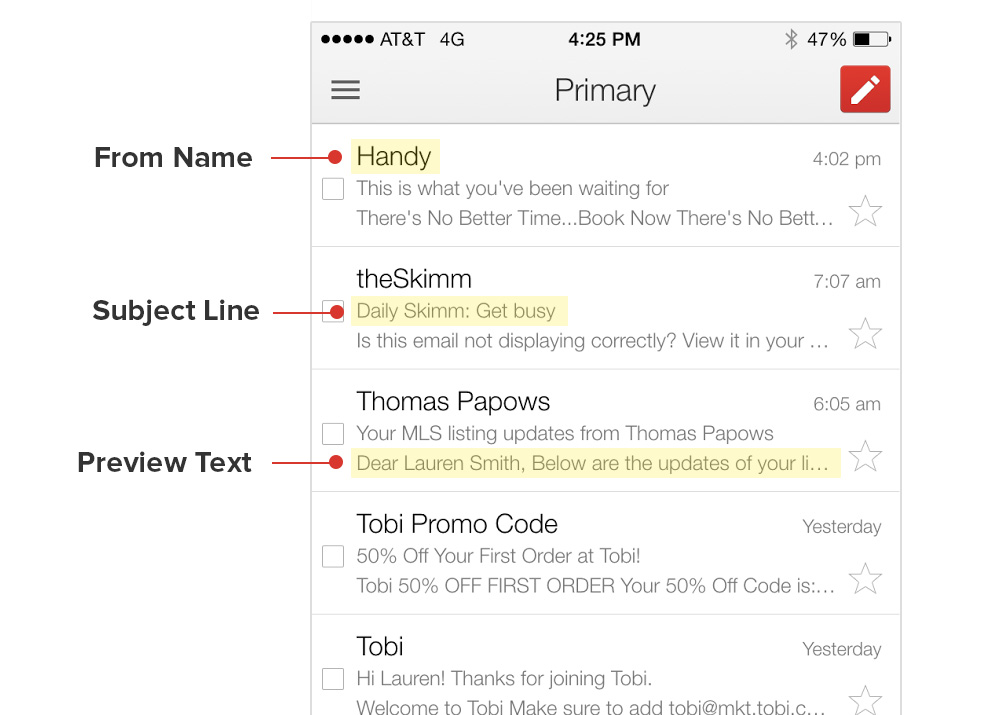
Feature a glimpse of what users will be getting in the preview.
When you don’t set the preview text, the email service provider automatically pulls a preview text from your email, which can sometimes be messy. However, you could use this opportunity to create an engaging preview text that pulls your audience’s attention, prompting them to open the email.
Doing this will greatly impact your open rates and help you get better engagement with your audience.
12. Split test your subject lines
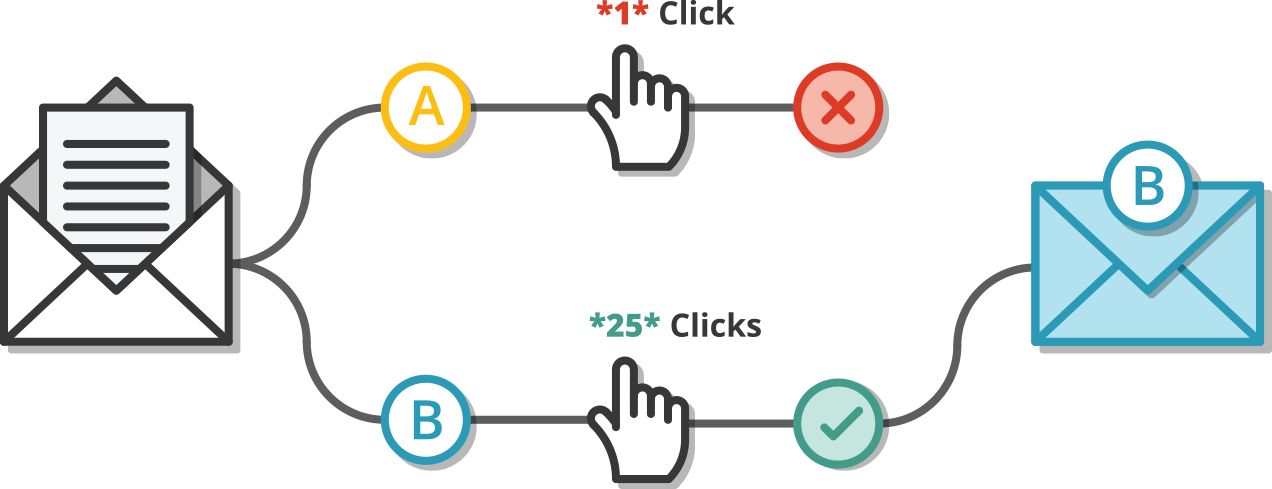
A different email subject line can bring different results.
Doing email subject line tests will help you get a better idea of which subject lines work best for which audience. Using this strategy will help you develop different subject lines to cover different functions.
You could use this practice to test out the various email subject line best practices and help you streamline them to fit your audience’s needs. It may be tempting to use your intuition to predict what subject lines work for which audience; testing them out helps you know for sure.
It would be best to use BiQ’s keyword intelligence to provide you with the right keywords that you can use when testing the different subject lines. Doing this will help you get the right subject lines for the right audiences, greatly improving your open rates.
Conclusion
If you want to increase your open rates, you should apply these practices when writing your best email subject lines. Incorporate these best email subject line best practices in your email marketing campaign and watch your open rates soar in no time. Keep in mind that the more you practice, the better you get at it.



